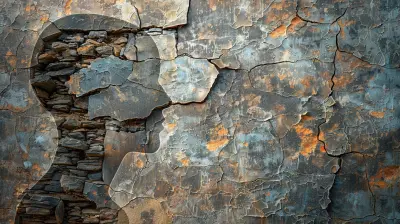Why We Fall in Love: The Psychology Behind Attraction
13 October 2025
Love: it's thrilling, confusing, comforting, and sometimes even painful. Most of us have experienced it or at least felt curious about it. But have you ever stopped to ask yourself, Why do we actually fall in love? Is it chemistry, fate, psychology, or just a tangled mess of hormones?
Let’s dive into the fascinating world of attraction and love — not just the butterflies in the stomach stuff, but what’s really going on in our brains and hearts. Spoiler alert: it gets deep, but don’t worry, we’ll keep it light and relatable.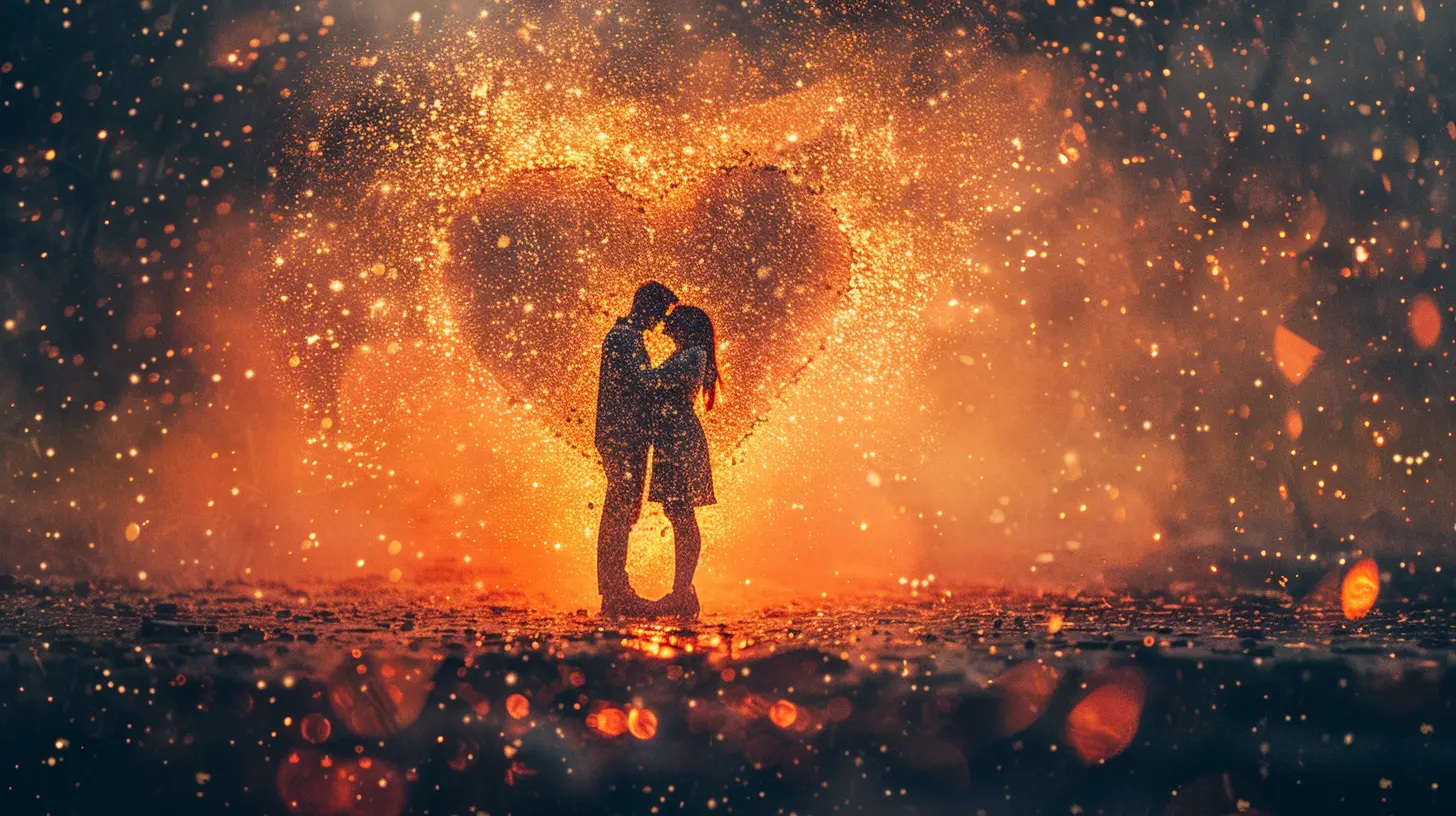
The Mystery of Love: More Than Just a Feeling
Even though love is such a universal experience, it’s also incredibly hard to define. It’s not just a fleeting emotion or a romantic gesture. From a psychological standpoint, love is a complex mix of biology, attachment, personal experience, and unconscious drives.We often say, “You can’t help who you fall in love with,” but scientists would argue otherwise. There’s some serious psychology pulling the strings behind the scenes.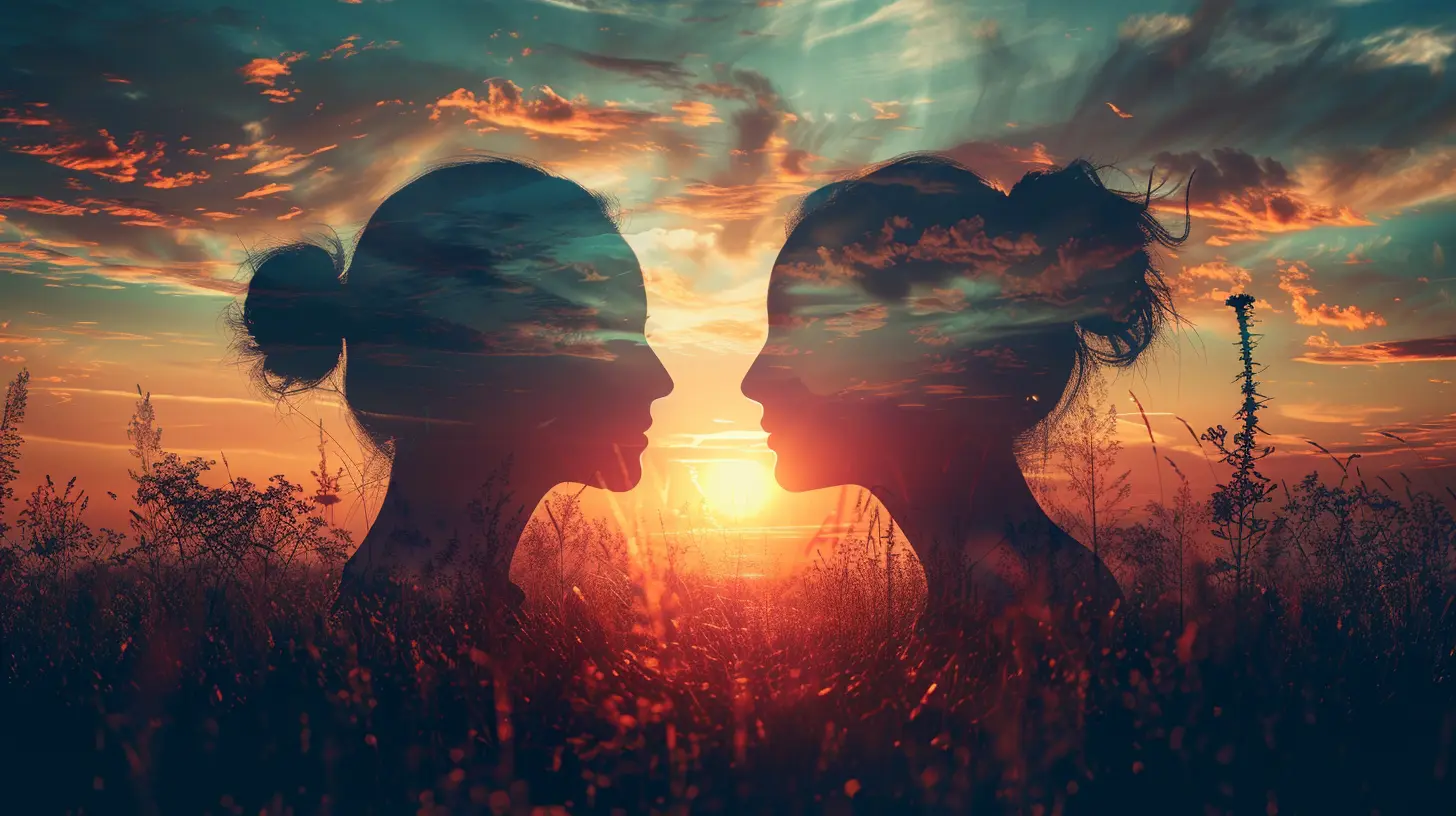
The Brain on Love: Hormones and Chemicals at Play
Let’s start with what’s happening in our brains when we fall in love. You might think love is about the heart, but it’s actually a brain game.Dopamine – The Feel-Good Drug
When you're around someone you're attracted to, your brain releases dopamine, the same chemical that gets activated when you eat chocolate or win a prize. This is your brain’s way of saying, “Hey, I like this. Let’s get more of it.”That high you feel when you’re falling for someone? That’s your brain bathing in dopamine.
Oxytocin and Vasopressin – The Bonding Agents
Oxytocin, also known as the “cuddle hormone,” gets released during physical touch, especially during hugs, cuddling, and you guessed it — sex. It deepens emotional bonding and trust. Vasopressin works alongside it and strengthens attachment over time.These chemicals are why long-term couples often describe feeling deeply connected even when the initial spark fades.
Adrenaline – The Butterflies
Ever get sweaty palms, racing pulse, and jitters around someone you like? That’s adrenaline kicking in. The excitement and sometimes even anxiety you feel — all thanks to your sympathetic nervous system lighting up.In short, your brain becomes a cocktail shaker of chemicals making you feel like you're on cloud nine... or utterly obsessed.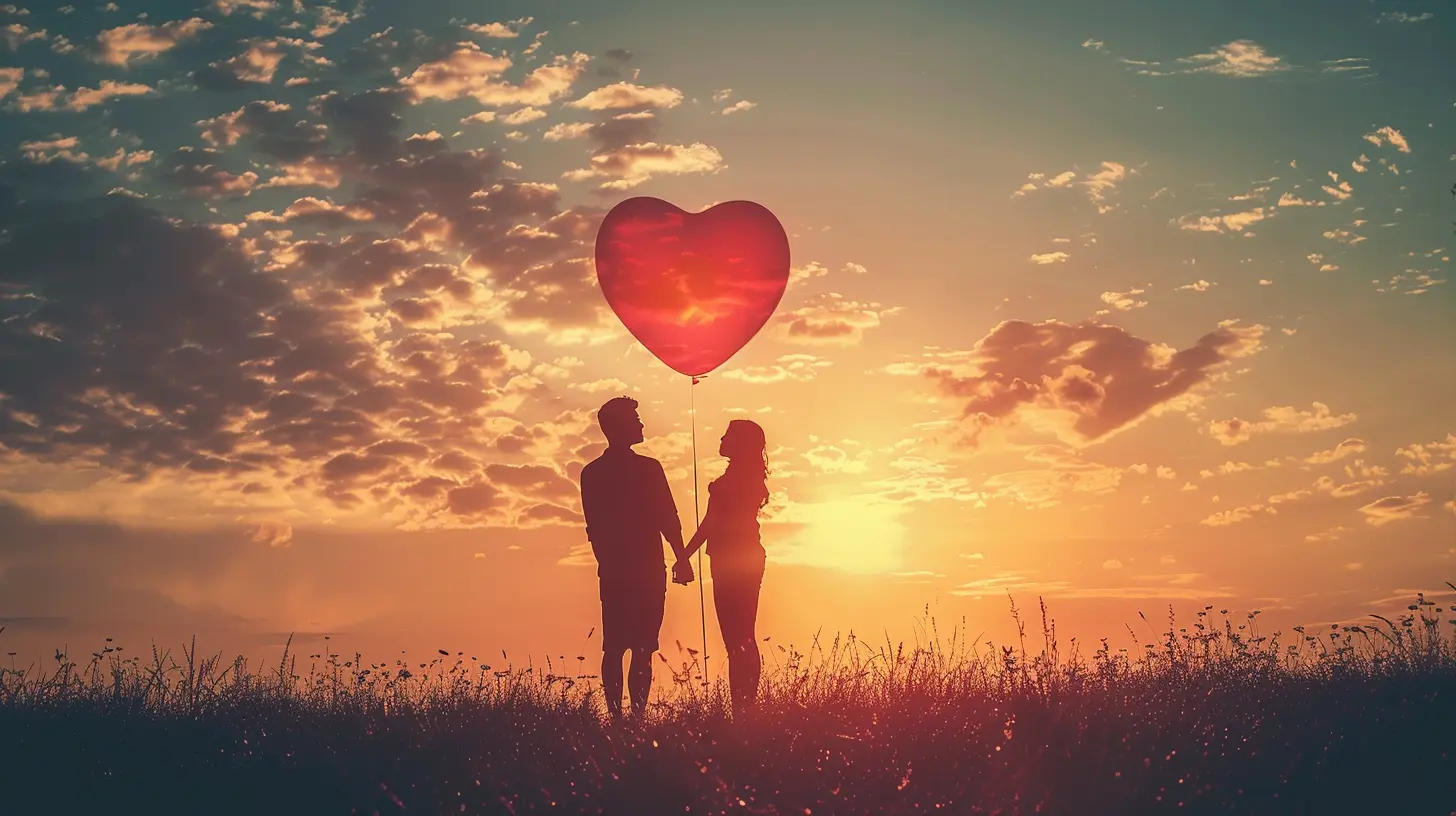
Evolutionary Psychology: Love For Survival
Love isn’t just poetic — it’s practical.From an evolutionary point of view, attraction and love evolved so we’d stick around long enough to reproduce and raise kids. The whole “love at first sight” idea? Might actually be instinctual.
We’re wired to seek out partners for reproduction, but not just any partner. We unconsciously look for traits like health, fertility, and the ability to provide or nurture. That doesn’t mean everyone wants kids, but the instincts came from our early ancestors who did.
So, next time you find yourself oddly drawn to someone you barely know, don’t blame your heart — blame evolution.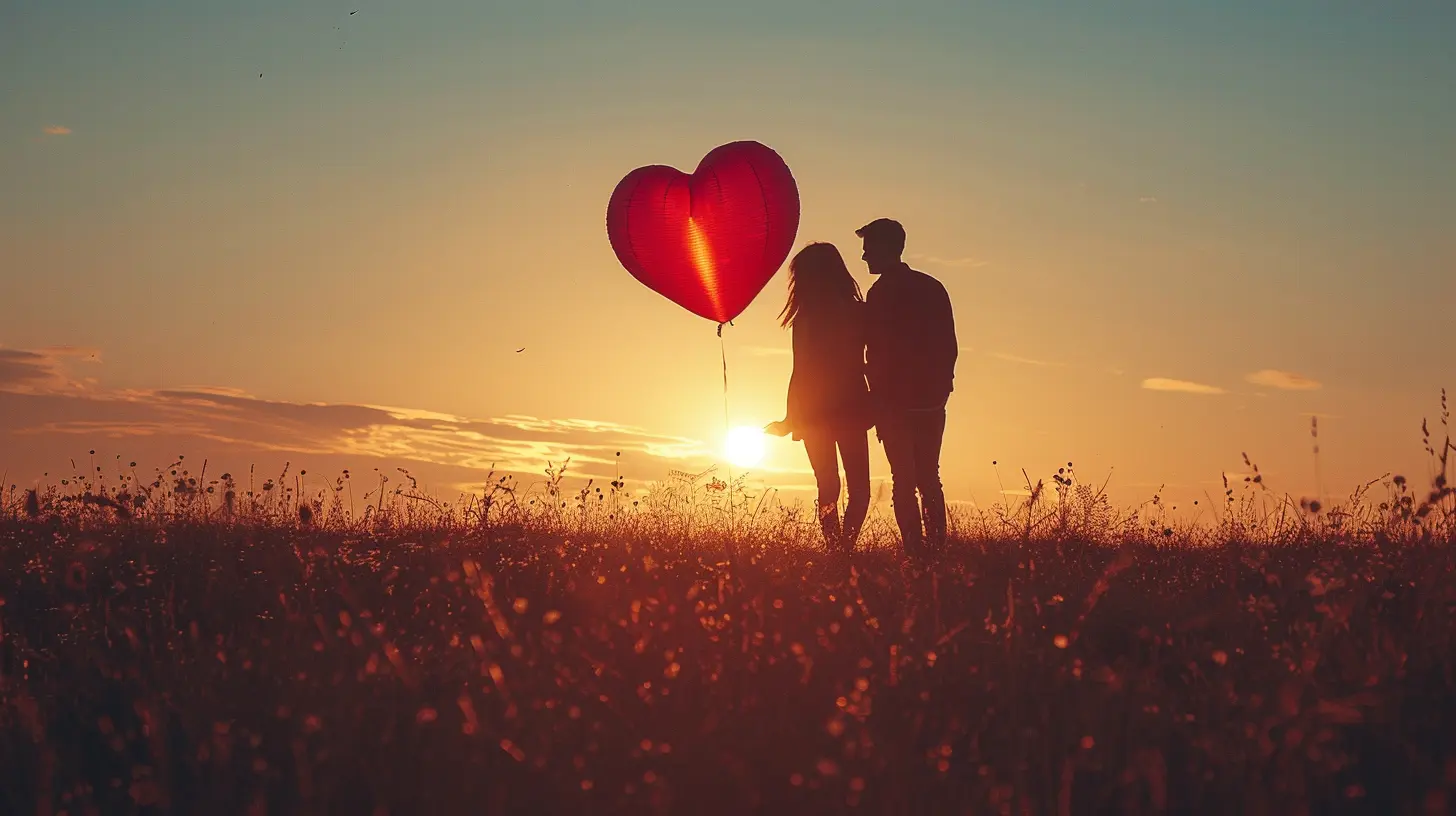
Attachment Theory: How Childhood Shapes Adult Love
Let’s rewind to childhood for a second.According to attachment theory, the way we bonded with our caregivers as babies heavily influences how we connect with romantic partners later in life. There are 3 main attachment styles:
1. Secure attachment – You’re cool with closeness and trust.
2. Anxious attachment – You crave intimacy but fear abandonment.
3. Avoidant attachment – You keep your distance to feel safe.
So when you fall in love, your attachment style plays a huge role in how you behave. If you’re someone who gets super clingy or pushes people away, that could be your childhood patterns coming back to haunt your love life.
Good news? Knowing your attachment style helps you break the unhealthy cycles and form better relationships.
Opposites Attract… Or Do They?
You’ve heard the saying a million times: “Opposites attract.” But do they really?Not always. In fact, research shows we’re generally drawn to people who are similar to us — in values, education, hobbies, and even physical appearance sometimes. Psychologists call this the “similarity-attraction effect.”
We like what we know, and being with someone like us can feel safe and validating. Of course, a little difference can add spice, but too much contrast can lead to friction down the line.
So maybe it’s more like: “Opposites attract in the short-term, but similarities stick in the long run.”
The Role of Physical Attraction: Surface or Substance?
Let’s not ignore the elephant in the room — physical attraction. Yes, it matters.But here's the twist: what's attractive to one person might be totally average to another. Our preferences are shaped by culture, personal experiences, and even exposure. (Ever notice how people around you start looking more attractive the more time you spend with them?)
However, physical attraction is often just the doorway. Sustainable love goes deeper — into how someone makes you feel heard, respected, and safe.
The Psychology of Timing and Availability
Here’s something that’s surprisingly important: timing.Have you ever met someone and thought, “If only we met a few years earlier (or later)”? Timing can be the silent killer or creator of love stories. We’re more likely to fall in love when we’re emotionally available, mentally healthy, and open to connection.
Sometimes people we weren’t attracted to before suddenly become interesting because we’re finally ready. Our emotional availability shifts how we see others.
So yes, it's not just about meeting the "right person" — it's also about meeting them at the right time.
Proximity and Repeated Exposure: The Power of Being Around
Here’s a super underrated factor behind love: proximity.Psychologists call it the “mere exposure effect.” The more we see someone, the more we tend to like them. That’s why so many romances spark up at work, in school, or at the gym. Familiarity breeds fondness.
This doesn’t mean you’ll fall in love with every neighbor or coworker, but being around someone regularly increases the chances for connection. We start building emotional intimacy through shared experiences, even small ones — like inside jokes or common routines.
Emotional Vulnerability: The Secret Glue
Want to know the real magic behind falling in love? It’s not flowers, romantic dates, or perfect compatibility. It’s vulnerability.Being able to open up and let someone see the real you — your fears, dreams, weird quirks, and all — is what deepens love. It’s scary, yes. But that emotional risk creates the kind of connection that lasts.
Love grows in those raw, unscripted moments. The late-night talks. The honest confessions. The shared silence. That’s where real intimacy lives.
The Idealization Trap: Are We in Love or in Fantasy?
Sometimes, we fall in love with who we think someone is, not who they actually are.In early stages of attraction, we tend to idealize our partners — highlighting the good and overlooking the flaws. It’s like putting on rose-colored glasses... everything looks perfect. (Ah, the honeymoon phase.)
But as reality sets in, that fantasy fades. That’s when real love begins — loving someone not just for who they could be, but for who they actually are.
So check yourself: are you in love with them, or with the idea of them?
Social and Cultural Influences on Love
Believe it or not, who we fall in love with isn’t solely up to us. Culture, media, and society play a big part.From movies shaping our idea of “true love” to family expectations and social norms, our environment subtly pushes us toward certain types of partners. You might think your attraction is purely personal, but chances are it’s been molded by years of outside influences.
Understanding this helps you be more mindful — choosing love based on what you really value, not just what you’ve been conditioned to want.
Can We Control Who We Fall in Love With?
Here’s the million-dollar question: Do we choose who we fall in love with?Well, yes and no.
We can’t always control the spark, but we can control what we do with it. Love isn’t just a feeling — it’s also a choice. It’s built over time through kindness, effort, and understanding.
That random attraction you feel towards someone? Totally natural. But turning it into a loving relationship? That takes intention.
Final Thoughts: Love Is Science AND Magic
So, why do we fall in love?The short answer: because we’re human.
The long answer: because of a beautiful cocktail of biology, psychology, timing, experience, and emotional connection. It’s part instinct, part science, part soul. It’s messy, imperfect, and totally worth it.
Remember, love isn’t just about finding “the one.” It’s about building something real, with someone who meets you half-way and values you for everything you are — not just the highlight reel.
So next time you catch yourself falling head over heels, just know: there’s a lot more going on than meets the eye. And hey, it’s okay to enjoy the ride — brain chemicals and all.
all images in this post were generated using AI tools
Category:
RelationshipsAuthor:

Janet Conrad
Discussion
rate this article
1 comments
Cecilia Lane
This article brilliantly unpacks the complex interplay of biology, psychology, and social influences in attraction, offering valuable insights into the nuances of falling in love. A must-read for relationship enthusiasts!
October 24, 2025 at 3:20 AM

Janet Conrad
Thank you for the kind words! I'm glad you found the insights valuable and engaging.


